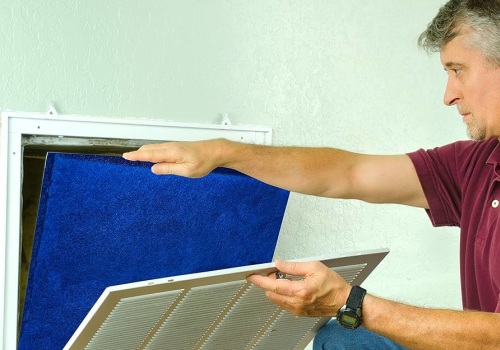A portable HEPA device will not create a negative pressure room unless it can be discharged directly to the outside.
Often, a negative air machine is equipped with a pre-filter to prevent larger particles from reaching the HEPA filter.
For instance, a prefilter with a MERV (Minimum Efficiency Measurement Value) of 8 is usually installed before a HEPA filter with a MERV rating of 18 or higher. This extends the life of the more expensive HEPA filter and prolongs the routine maintenance intervals. A Hepa air purifier is used to filter gases, particles, or chemicals from a particular area. It is typically employed to improve indoor air quality by trapping airborne particles.Additionally, there is a carbon filter attachment that can be placed on the end of the Hepa air purifier and used to trap odors. Negative pressure will be maintained if air filtered with HEPA is expelled to an adjacent area inside the building. The HEPA-AIRE PAS can also be utilized for continuous air cleaning, by recirculating 100% of the filtered air within the containment area. This will increase ACH in the project area and provide HEPA filtration, but will not generate negative pressure. As the filters become loaded with particles, the airflow capacity of the unit decreases and the static pressure difference across the filter increases.
In medical settings, when patients have a highly contagious disease, they are usually admitted to rooms that are kept under negative pressure by means of HEPA filter systems powered by fans. HEPA filters would trap any asbestos particles and, when entering the containment area through a zipped door, air would enter the area instead of leaving the zoned area. The XJ-2's medical HEPA filter is suitable for airborne infection isolation rooms (AIIR), hospitals, dental offices, nursing homes, immediate care facilities, medical offices and facilities, and institutional use. All models are equipped with easy-to-read and easy-to-use filter-change indicator lamps that illuminate when filters need to be replaced. HEPA filters are also less restrictive than ULPA filters, meaning that fans in negative air machines can draw air through them more easily, contributing to the machine's ability to change the air in the room. Today, they are one of the leading companies in HEPA filter technology with more than 7 different systems powered by fans that have a capacity of 50 CFM to 2000 CFM.




